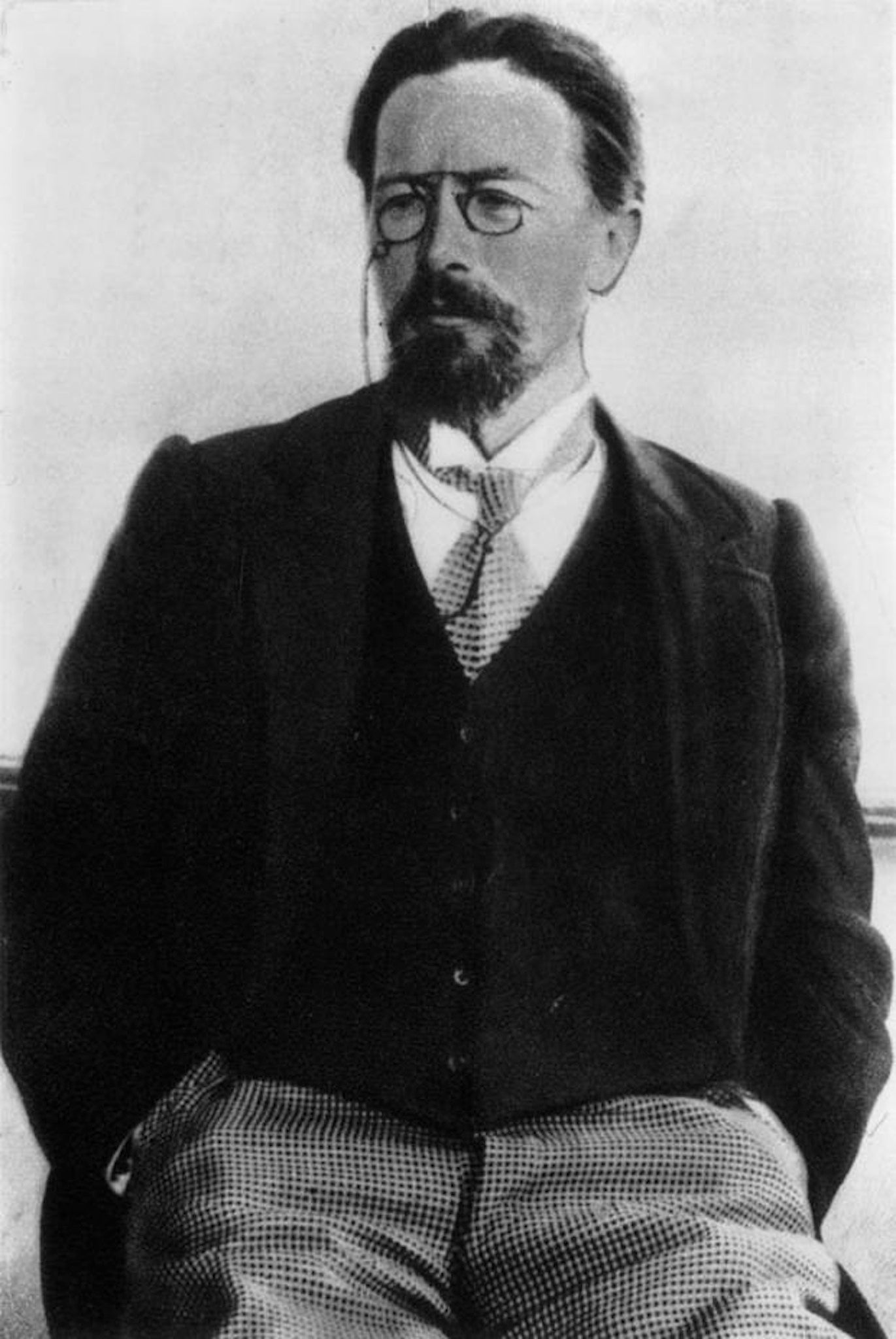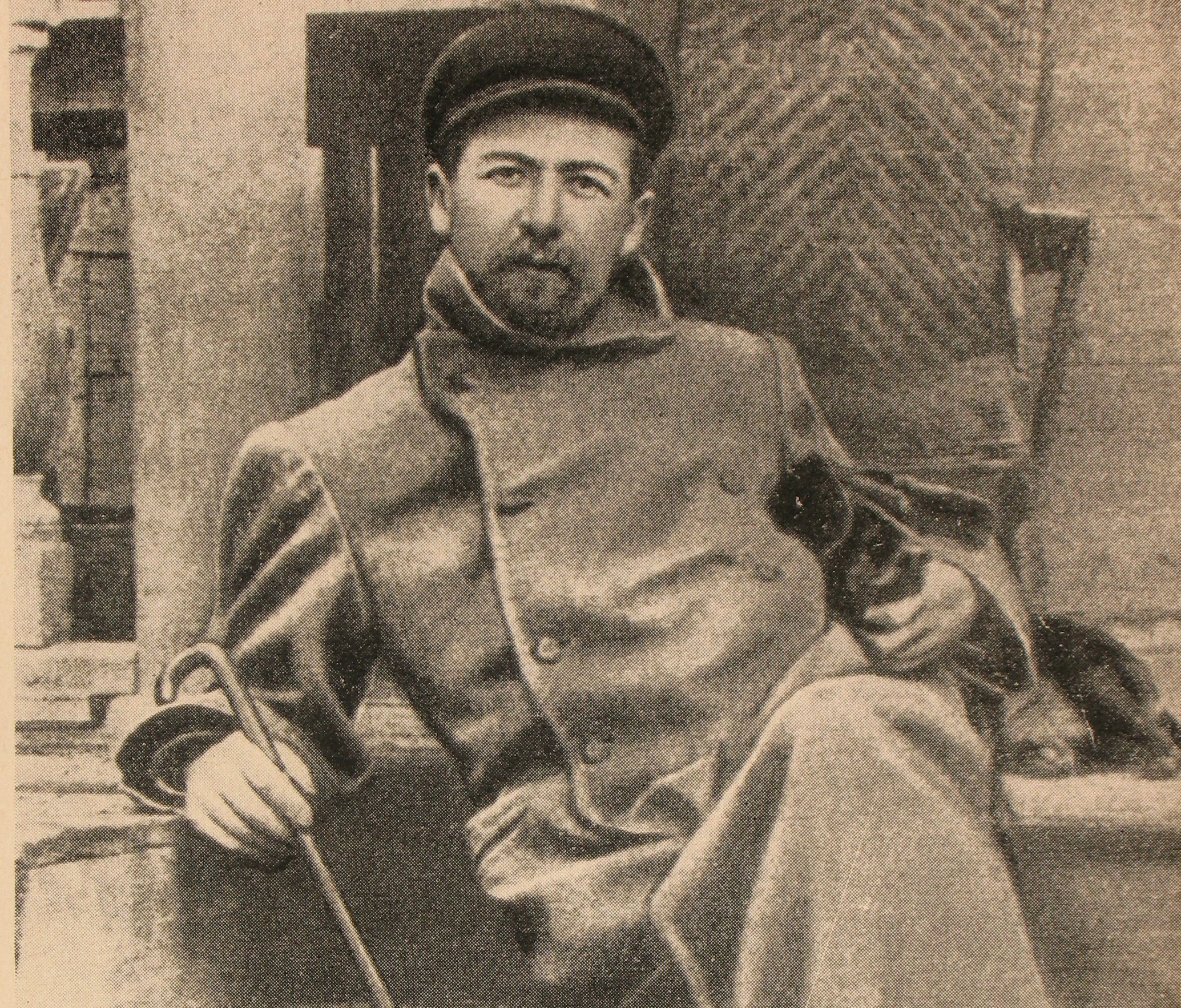

In 1901, Chekhov married Olga Knipper, an actress who played leading roles in several of his plays that were staged by the famous Moscow Art Theater. He moved to the Crimea to nurse his eventually fatal tuberculosis, and there he wrote his great last plays, Three Sisters (1901) and The Cherry Orchard (1904), for the Moscow Art Theatre.īooks with Anton Chekhov's autographs from the collection of Taganrog Memorial Chekhov Museum His play The Seagull (1896) was badly received until its successful revival in 1899 by K. He converted his second long play, The Wooden Demon (1889) into the masterpiece Uncle Vanya (1897). He took up serious themes with such stories as "The Steppe" (1888) and "A Dreary Story" (1889) later stories include "The Black Monk" (1894) and "Peasants" (1897). While practicing as a doctor, he had his first full-lenght play, Ivanov (1887), produced, to a disappointing reception. He described the terrible living conditions there in Sakhalin Island (1893-1894). In 1890, Chekhov studied the Russian state prisons on Sakhalin Island in the Pacific Ocean.

His scientific background and his experiences as a country doctor contributed to the realism of his mature stories. Chekhov graduated from medical school and became a doctor. He began his literary career writing short humorous stories and sketches for popular newspapers and comic sheets to help support his needy family. In 1879, Chekhov moved to Moscow, where he studied medicine. Anton Pavlovich Chekhov was born in Taganrog, Russia. Anton Chekhov (1860-1904), was a Russian playwright and short-story writer.


 0 kommentar(er)
0 kommentar(er)
